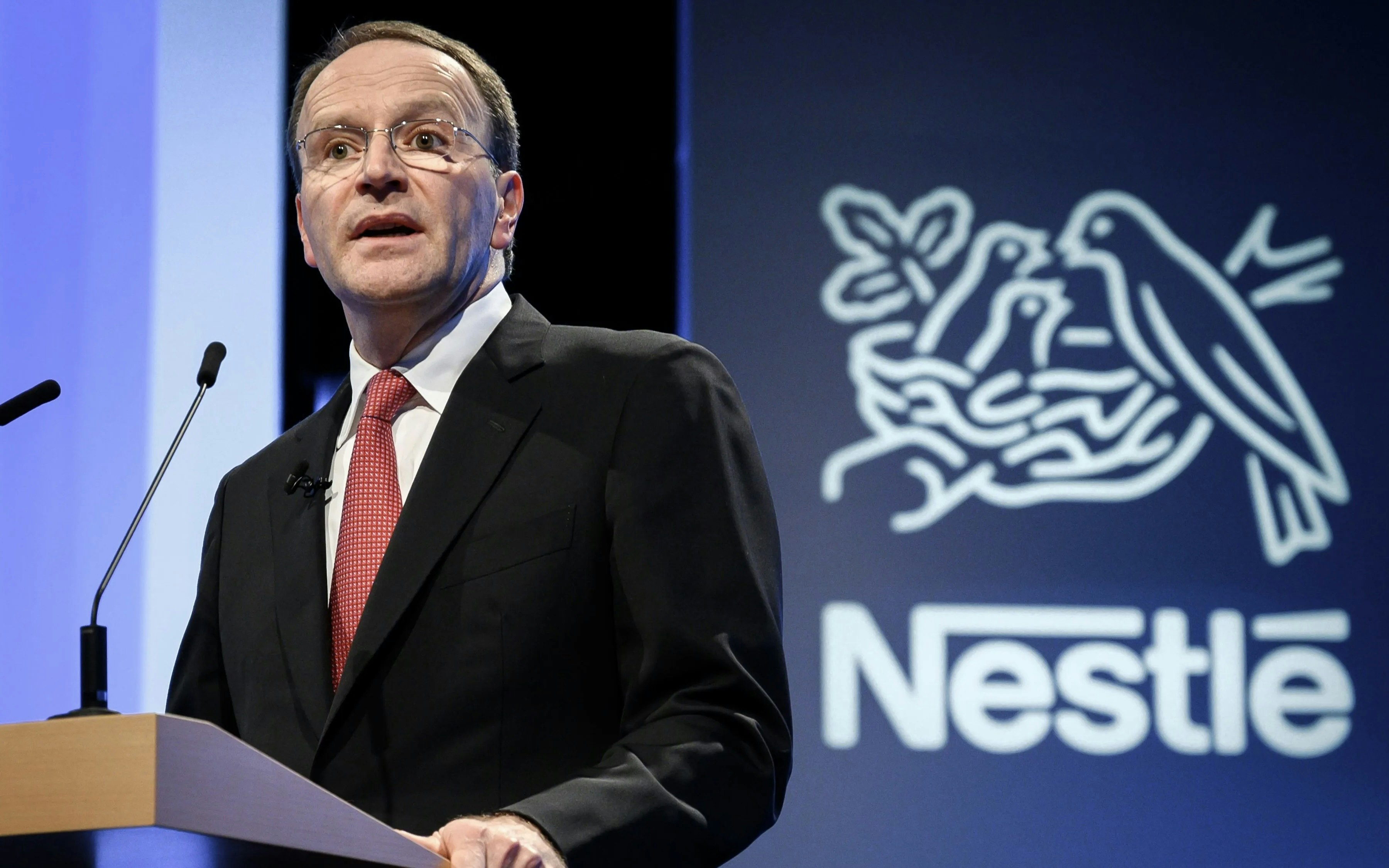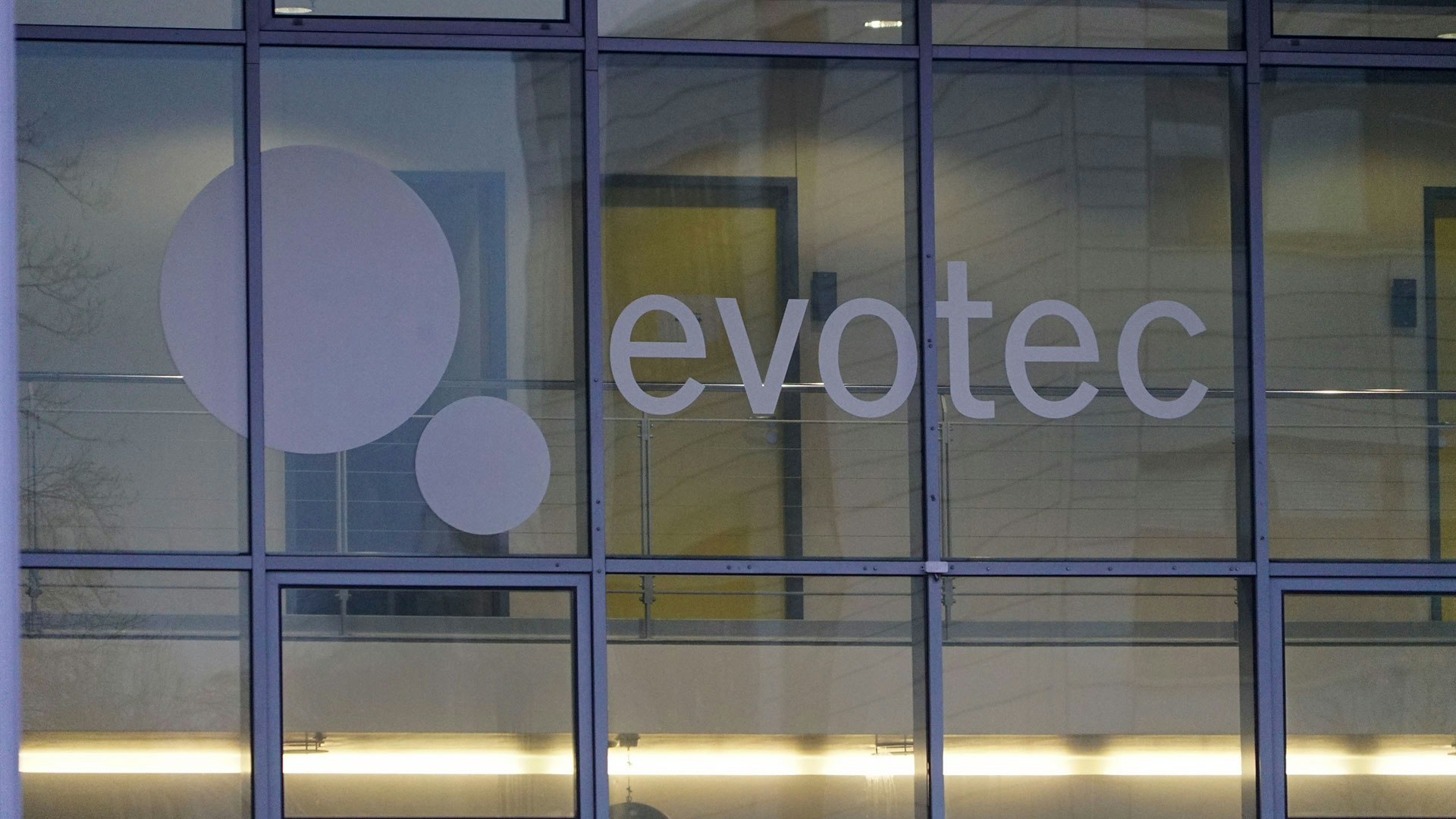The once spoiled-by-success Swiss food giant Nestlé seems unable to escape its current phase of weakness. The once popular Nestlé stock, which investors valued as a safe haven due to its consistently rising revenues and solid margins, has been increasingly failing to live up to this reputation lately.
In the last fiscal year, the conglomerate recorded a 1.5 percent decline in revenue to 93 billion Swiss francs. Although Nestlé was able to implement average price increases of 7.5 percent, its internal real growth suffered from a worldwide decline of 0.3 percent. The decline was most pronounced in Europe at 2.4 percent. CEO Mark Schneider stated at the presentation of the annual results on Thursday that Nestlé is suffering from customers' reluctance to consume branded products.
However, he added that despite these difficulties, the company has managed to achieve solid growth numbers and improved margins. The operating margin increased by 0.2 percentage points to 17.3 percent but still remains slightly below the target corridor of 17.5 to 18.5 percent for 2025. However, Schneider continues to adhere to this target.
His forecast for 2024 is less optimistic, however. He only expects a revenue growth of four percent and a slight improvement in margin. Analysts had previously projected an average growth of 4.7 percent. Investors reacted uncertainly to the subdued outlook, and the stock temporarily dropped by nearly five percent—a significant price movement for a traditionally defensive stock like Nestlé. According to Jean-Philippe Bertschy, an analyst at Vontobel, it was "a year to forget for Nestlé".
Nestlé CEO Mark Schneider is under pressure to regain investor trust. At the beginning of 2021, the company's stock reached an all-time high of over 127 Swiss Francs per share. Currently, the price is around 25 percent lower. Schneider is trying to counteract the downward trend by focusing on increasing sales. "In 2024, we will mainly focus on volume growth and product mix, coupled with strengthening our brands," the CEO explains.
But Nestlé is also confronted with further challenges. In addition to economic headwinds, 'self-inflicted problems' in the health division, Nestlé Health Science, also burdened the business, as explained by analyst Bertschy. These problems are attributed to IT issues in the vitamin supplements business, which have led to supply shortages. This suggests that the acquisition strategy of the CEO does not always go smoothly.
In the past, Nestlé had acquired several vitamin pill manufacturers from founders and private equity firms, including the billion-dollar purchase of The Bountiful Company. However, when integrating the IT systems, the company relied on a team that was not sufficiently familiar with Nestlé's systems, explained Schneider. The issues were supposed to be resolved by the end of 2023, but will now continue until the first half of 2024. In addition, Nestlé is also facing new challenges in its controversial table water business.
Some Production Facilities Accused of Not Complying with Local Regulations. UBS Analyst Justin Forsythe Notes that Nestlé Recently Appears to Be "Somewhat More Prone to Accidents". He Questions Whether These Issues Are Related to Efficiency Programs Initiated by Schneider. "Have They Gone Too Far? Did I Impose Too Much on the Organization?" Asks Forsythe. However, Nestlé CEO Schneider Disagrees: "I Can Only Express My Deepest Regret," He Says Regarding the Recent Setbacks. Yet, He Does Not See Systemic Failures but Refers to an "Unfortunate Cluster of Problems".
The Business Environment Remains Challenging for Nestlé in Europe and Germany, as Alexander von Maillot, CEO of Nestlé Germany, Emphasizes. In Germany, where the company employs 6,900 people, sales slightly increased to 3.4 billion euros. Particularly strong growth was seen in pet and baby food, as well as Health Science (dietary supplements) in Germany during 2021. However, volumes decreased in some categories, mainly due to price increases. In Germany, Nestlé raised prices in 2021 less sharply than the European average.






